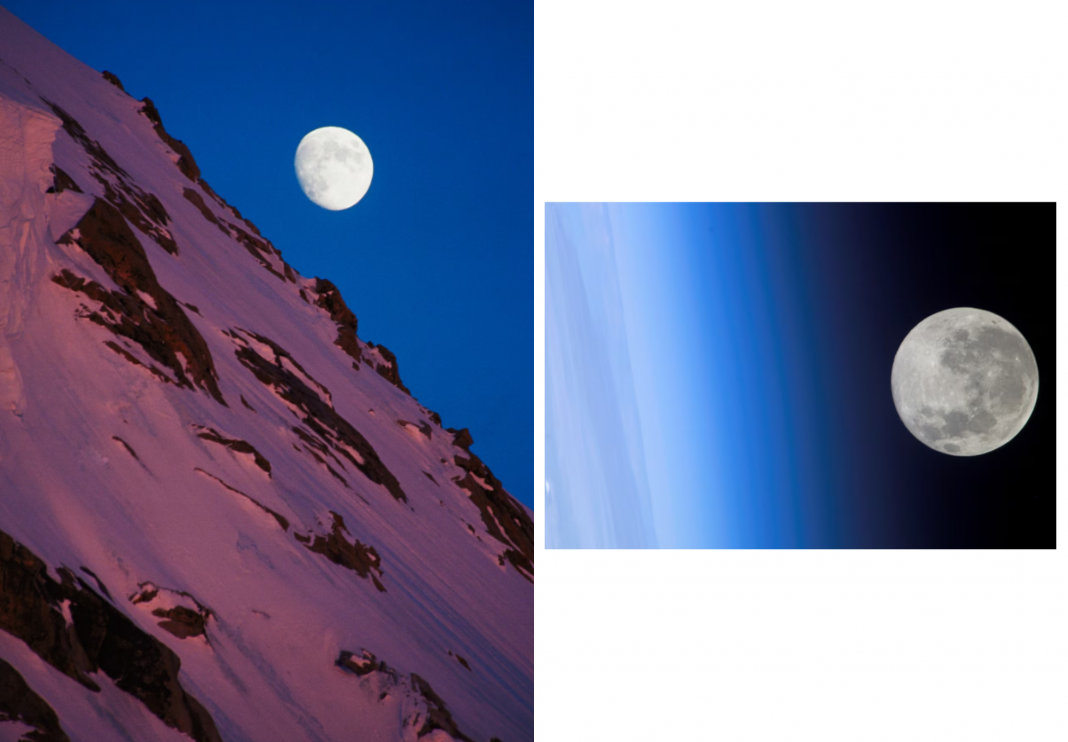For millennia, the full moon has captured the human imagination, inspiring myths, folklore, and scientific inquiry. It is a celestial spectacle that appears as a perfectly round, luminous disc in the night sky, casting a brilliant silver light over the world below. But what exactly is a full moon? From a scientific perspective, it is a precise moment in the lunar cycle when the moon is directly opposite the sun, and its entire face is illuminated by sunlight. This simple astronomical event has had a profound impact on human culture, influencing everything from agriculture and tides to ancient rituals and modern-day celebrations. As we gaze upon this radiant orb, we are not just looking at a rock in space; we are connecting with a natural phenomenon that has shaped life on Earth and in our imaginations for as long as we have looked to the sky.
The Science Behind the Spectacle
From a scientific standpoint, the full moon is a specific phase in the lunar cycle. The moon does not produce its own light; it shines by reflecting sunlight. As the moon orbits the Earth, we see different amounts of its sunlit side, a phenomenon we call the phases of the moon. A full moon occurs when the moon is positioned on the opposite side of the Earth from the sun. From our perspective, the moon’s entire illuminated side is visible, and it appears as a complete circle. This event happens approximately every 29.5 days, a period that is the basis for many ancient calendars.

The full moon is not just a visual spectacle; it also has a tangible effect on our planet. The gravitational pull of the moon and the sun on Earth’s oceans creates the tides. During a full moon, the sun and the moon are aligned, and their combined gravitational pull creates a more powerful tidal force, resulting in higher high tides and lower low tides, a phenomenon known as spring tides. This is just one of many ways that the moon’s gravitational influence shapes our planet.
A Tapestry of Cultural Significance
Throughout history, the full moon has been a central figure in human culture, inspiring countless myths, legends, and festivals. In many ancient civilizations, the moon was revered as a deity, a powerful force that governed the rhythms of life. The full moon was often seen as a symbol of fertility, growth, and renewal. Many cultures named the full moons of each month based on seasonal changes, such as the Harvest Moon, the Hunter’s Moon, and the Snow Moon. These names reflect a deep connection between human life and the natural world, a way of marking the passage of time.

In folklore, the full moon is often associated with a sense of magic and mystery. It is believed to have the power to influence human behavior, a belief that is reflected in the word “lunacy,” which is derived from the Latin word for moon, “luna.” While modern science has debunked many of these myths, the full moon continues to hold a powerful sway over our collective imagination, appearing in stories, songs, and works of art throughout the ages. It is a reminder of our enduring fascination with the night sky.
Unique Phenomena of the Full Moon

While a full moon is a regular occurrence, there are certain events that make it even more special. A Supermoon occurs when a full moon coincides with the moon’s closest approach to Earth in its orbit. When this happens, the moon appears larger and brighter than usual, creating a truly spectacular sight. A Blood Moon is a different phenomenon, a total lunar eclipse where the moon passes through the Earth’s shadow. The moon takes on a reddish hue during the eclipse, as light from Earth’s sunsets and sunrises is filtered through the atmosphere and reflected back onto the moon’s surface. This creates a haunting and beautiful visual that has captivated sky-gazers for centuries.

Another fascinating phenomenon is the Harvest Moon, which is the full moon that occurs closest to the autumnal equinox. The Harvest Moon has a particularly powerful effect on the night sky, as it rises shortly after sunset for several consecutive nights, providing extra light for farmers to harvest their crops. This tradition is a perfect example of how the full moon has been an integral part of human life for millennia, a celestial partner in our daily rhythms.
The Full Moon in Modern Life
In our modern, fast-paced world, the full moon continues to hold a special place in our lives. While we may no longer rely on it to track the seasons or plan our harvests, it still serves as a powerful reminder to slow down and connect with the natural world. In many cultures, the full moon is still celebrated with festivals, rituals, and ceremonies. It is a time for reflection, for setting intentions, and for celebrating the cycles of life.
Ultimately, the full moon is more than just a scientific phenomenon; it is a symbol of beauty, mystery, and connection. It is a reminder that we are all part of a larger cosmic dance, a beautiful and ancient rhythm that has been playing out for billions of years. As we look up at the next full moon, we can take a moment to appreciate its power and its beauty, a timeless and radiant presence in our night sky.



